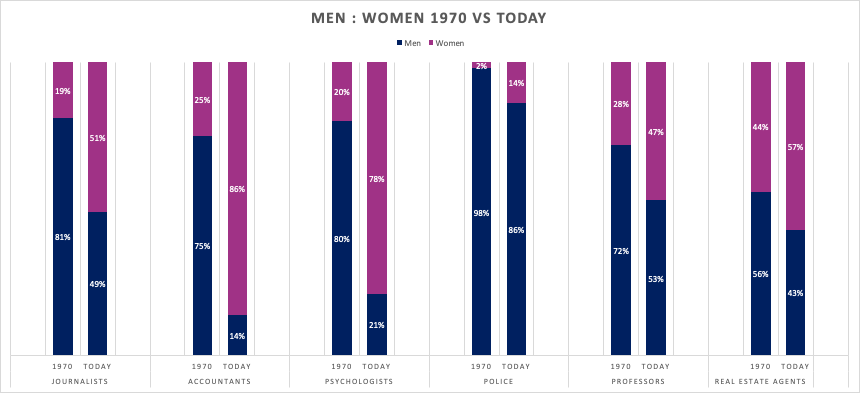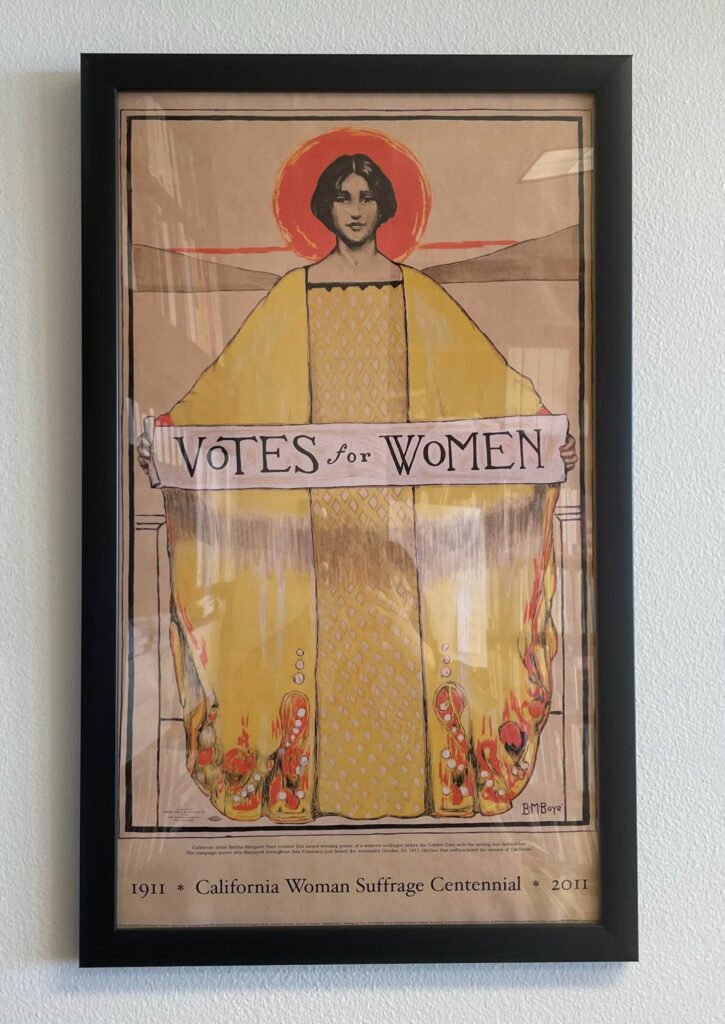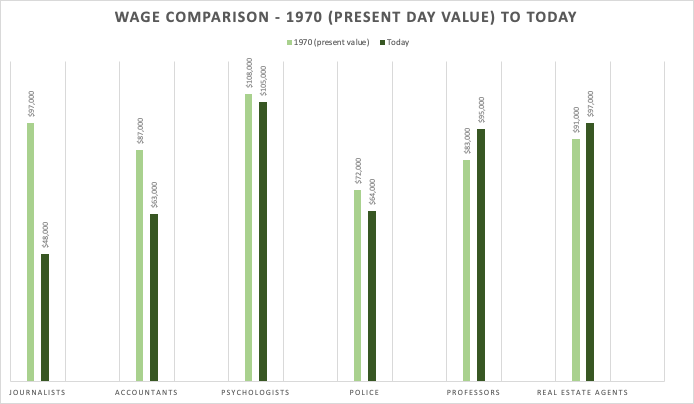By: Madelyn Walthall
She spends her days darting back and forth between Rohr Science Hall and Latter Hall at Point Loma Nazarene University. She runs up and down hills on the tiny campus, juggling her busy workload. In her classes, she sits in the front of the room. She engages with her classmates. She answers questions posed in class. She is Karis Fisher, a fourth-year information systems major.
Her classes average around 15 people. In them, she is one of few women; the ratio of women to men in her classes is, on average, 1:4. Although attending a female-dominated school (66% female), she is taught solely by male professors. She is a woman entering a predominantly male field.
Just last year, the percentage of women in information system roles was 28%, as reported by the U.S. Bureau of Labor of Statistics (BLS). This profession falls into both technology and business fields, both of which are, as stated by U.S. News, in the top five highest-paying occupations.
In America, women make 83.7% of what their male counterparts earn, according to the U.S. Department of Labor. To make what men do in 12 months, women would need to work 15 months.
In her last semester now, Fisher said she has become familiar with being one of the only women in a male setting. At school, she said she has not felt much pushback for being the odd one out; however, with the ratio, she says it’s hard to not feel a bit out of place.
When she interned with an insurance company as a part of their information technology (IT) team, she said she felt the unfair disadvantages of being a woman in a traditionally male field. With most of her co-workers being men, her fellow intern being a man and all of her bosses and supervisors being male, Fisher witnessed what it is like to not be taken seriously due to her gender.
“There were definitely instances of comments that would be made, questions of my judgment, like how much do I really know,” Fisher said.
She said that she felt like she was only seen as a woman, not as having any of the skills, characteristics or attributes that she possessed.
“We’d be talking about these technical terms, and sometimes they would turn to me and explain what they were talking about, and like, I know what you’re talking about,” Fisher said, through a frustrated laugh. She said that even with a male intern by her side, he never shared these experiences. “He wasn’t condescended against, he wasn’t talked down to. My work would be double-checked by other people and his work wouldn’t. So it’s little things like that … definitely, just small things that I noticed.”
Heather Ross, an associate professor of philosophy at PLNU believes that there is no clear biological basis for men and women going into “gendered” careers.
“It seems much more a nurture versus nature, like women are raised up to be more nurturing,” Ross said. “They’re told that their value comes when they are nurturing or rewarded when they’re nurturing. They’re seen as attractive when they’re nurturing.”
Before the second-wave feminism movement, there were restrictions placed upon women in all aspects of their lives. The ability to get a higher education and therefore have a broader selection of careers was just one limitation put on half of the population only decades ago. Women were permitted to enter into certain majors and career tracks. A census from the U.S. Department of Commerce (DOC) in 1970 shows the jobs that we now consider to be predominantly female were, 50 years ago, commonly male. Following the second-wave feminism movement, there is less of a gap across all fields.

Journalists, accountants, psychologists, police officers, professors and real estate agents are five jobs that require different levels of education, skills and strengths. 50 years ago, none of these jobs had an equal ratio of men to women. Today, as reported by the BLS, there is a bigger range of men to women across all five careers, showing that women are entering spaces that were traditionally male-dominated.
While other factors including technological advances and modern issues that can contribute to these fluctuations in wages, there are noticeable fields in which, when women move into men’s space in large numbers, it drives men out. This results in society viewing that space differently. So when women take over a previously male-dominated job, there is an expectation that the respectability, authority and wage will decrease as a result, per the New York Times.
Kelli McCoy, a history professor who specializes in early to mid-20th-century history and women’s history at PLNU, has studied how society reacts when women break barriers.
“It is indisputable that historically, the more people associated women with a certain job, the less they saw that job as requiring a high level of skill or a high level of pay, even if in reality, it required the same level of education,” McCoy said.

Her office, located in Colt Hall, the history and political science building, is decorated with photos of her family and overlooks the ocean. On the wall behind her is a framed poster of the 1911 women’s suffrage movement. Beside it is a historically accurate replica of the purple and gold “Votes for Women” sash that these early feminists would have worn when marching for their rights.

Not only did the gender demographic from 1970 to today change, but so did the wages of these occupations. Putting the DOC’s median wage of these five jobs from 1970 (in present-day value) next to indeed.com’s median wage of these jobs today reveals a correlation between women entering the workforce and the pay they earn. For jobs that saw a spike in women over the last 50 years such as journalism and accounting, the pay decreased. The wages have remained consistent for jobs that are still predominantly men and for jobs that have a more balanced demographic. The only outlier is psychology, which has seen a 58% increase in women and keeps a steady wage, according to BLS.
Currently, there are no laws preventing women from entering into jobs they are qualified for; however, Ross said there are still barriers.
“As long as you’ve got capitalism, in my view, you’ve got the patriarchy,” Ross said. “Those are bound up together. And it’s rooted in competition. It’s rooted in exploitation. It’s rooted in the gap between the labor that is provided by the workers and the profit that is received by the owners like it’s the basis of this kind of economy, which does not lend itself to nurturing kindness together.”
With the months dwindling until Fisher graduates, she is still unsure of what she wants to do. She said that, statistically, women in this field are less likely to be promoted and are very likely to experience non-inclusivity in the workplace. Her hope for herself and other women entering technology-related fields is that they will be able to find a good mentor to lean on. Fisher said her aunt works in IT and has been a helpful source of advice and encouragement.
“I would hope that more women would enter into this field because I think that it would be a better place; more inclusive, more diverse and they would take time to focus on themselves to not feel those feelings of burnout because that’s something that forces a lot of women to leave the field,” Fisher said.
USA Today states that women are 32% more likely to have feelings of work-related burnout than their male coworkers, leading to a higher turnover for women.
